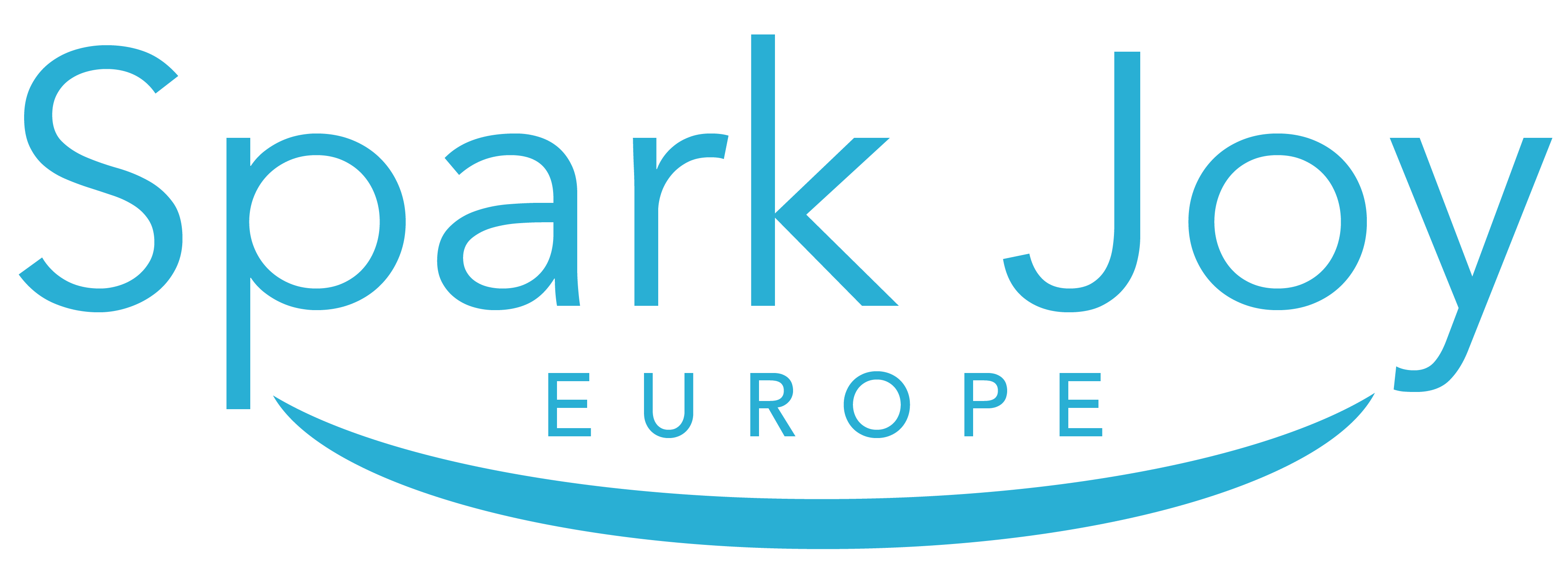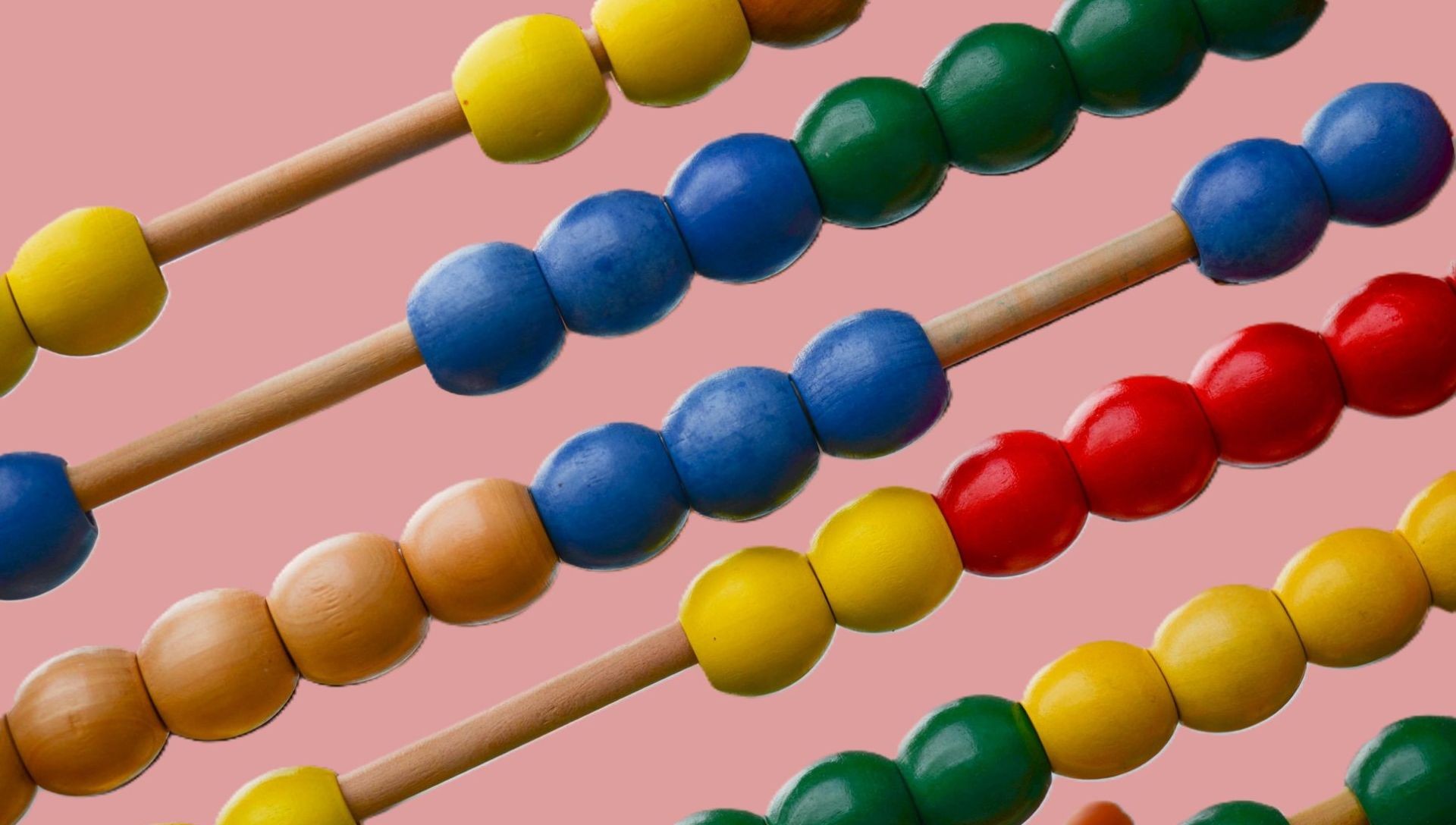
When Joy Needs a Calculator
When you declutter, I ask: Does this item spark joy? But there’s a follow-up question that can make or break your space: How many of this item spark joy?
The truth is, clutter isn’t only about what you own — it’s about how much you own. Even joyful things, in excess, can feel suffocating.
This is where math comes in. Not algebra trig, just simple back-of-the-envelope calculations that help you find your Spark Joy Quantity — the right number of items for your lifestyle.
Why Quantity Matters
There isn’t a single correct answer to how many of something you should own. I offer ideas and rules of thumb — like a suggested number of towels per person — but treat them as reference points, not absolutes. The real work is taking a moment to reflect: Does this number feel right for me, in my life, with my routines?
Maybe the towel formula is perfect for you. Maybe you need an extra because you swim every day. Or maybe fewer because you do laundry more often. The point isn’t to get hung up about hitting the “right” number, but to make a conscious choice instead of letting clutter accumulate by default.
Maximalists welcome! This isn’t about restriction — it’s about awareness. Because excess stuff isn’t neutral. Every item you own, whether loved or not, demands attention.
Every towel, mug, or gadget doesn’t just sit there quietly. It requires washing, storing, or tripping over when the closet door won’t close. Each extra item adds invisible chores to your life.
Decluttering isn’t about depriving yourself. It’s about choosing the amount that works for you and trimming away the rest, so your home supports your life instead of weighing it down.
Start Small: The Rubber Band Test
Clutter rarely barges in all at once. More often, it slips through the cracks in the form of the tiniest, most ordinary objects — pens, shopping bags, takeaway containers, or yes, rubber bands. None of these seem like a big deal on their own, but over time they pile up and quietly steal your space and energy.
As a professional organizer, I often find drawers and cupboards jammed not with valuable things, but with these unnoticed extras. They don’t spark joy, and half the time — like old, brittle rubber bands — they don’t even function anymore.
The lesson? Quantity matters, even with small items. Paying attention to these unconscious accumulations shows you how much lighter and more functional your home feels when you’re deliberate about how much you keep.

Personal aside: my grandmother was such an avid rubber band user that she often wore one or two as bracelets — not for fashion, but for utility. That’s next-level preparedness. Unless you share her enthusiasm, though, a small handful of rubber bands is more than enough.
Case Study: Bed Linens
One client of mine had a small linen closet and three double beds. Her solution? One set of sheets per bed. She washed, dried, and put them straight back on, skipping the folding altogether.
Another client, without a dryer, preferred a second set per bed. She didn’t want to be at the mercy of the weather gods or the laundry cycle — this way, she could change the sheets whenever she pleased without having to wait.
Neither was “right” or “wrong.” Each had done the math based on lifestyle and space. That’s Spark Joy Quantity in action.
How Many Towels Do You Really Need?
Towels are a classic cause of linen-closet overload. They’re bulky, they multiply during sales, and before you know it, you’ve got a shelf that looks like you’re running a bed-and-breakfast.
Here’s a simple, sanity-saving, formula:
3 towels per person:
- 1 in use
- 1 in the wash
- 1 clean and ready
Add 1–2 guest towels per household.
That’s it. Any more than that and your linen closet starts auditioning for a luxury spa catalogue — with no hope of landing the gig.
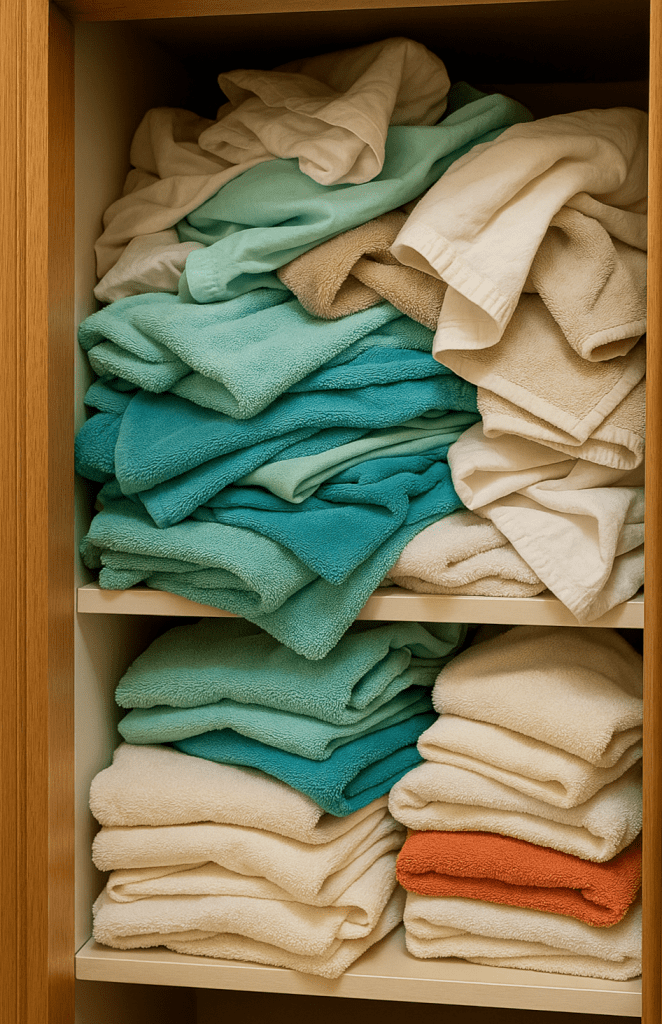
The Spare Parts Principle
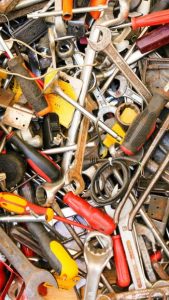
In my previous life as a project manager in telecom, I learned that companies don’t store backup parts at every customer site. They keep a central pool of spares that can be swapped in when needed. It’s lean and efficient — and the same logic works at home.
Take tools. Most households don’t need five tape measures or three screwdriver sets scattered in different drawers. One good set, kept in a central spot, covers every project. You still have what you need, but you’re not drowning in duplicates you’ll never use.
That’s centralizing your spare parts in action: fewer spares, less clutter, and the same security when something actually breaks.
Guests, Reality Check Edition
Instead of asking “Do I entertain?” ask: How many overnight guests or dinners do I actually host in a year?
- If overnight guests are a once-in-a-blue-moon event, one spare set of sheets is plenty.
- If your guest room gets more action than Amsterdam Centraal at rush hour, you’ll need more.
- Saving twelve extra place settings for the annual feast? Totally fine—just remember they’ll be your roommates for the other fifty-one weeks
Dish Towels: A Laundry Pile Story
One client’s spouse was a surgeon, and hygiene was a top priority. She loved changing dish towels daily, sometimes multiple times. That part sparked joy.
But she owned far more dish towels than she could ever cycle through before laundry day. The result? A drawer so overstuffed that only the top layer was ever used. The bottom towels grew stale and smelly, forgotten until we decluttered.
Too much of a good thing isn’t joy. It’s just mildew.
Phase of Life Math
Your Spark Joy Quantity isn’t fixed forever — it changes with the seasons of your life.
When I lived near family and hosted Thanksgiving, I owned four or five large Pyrex dishes to handle the holiday cooking. At that time, they made perfect sense.
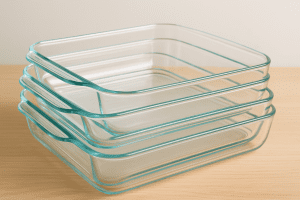
But after becoming an empty nester living in another country, those same dishes became a burden. They took up precious cupboard space and forced me to shuffle them constantly just to reach everyday items.
That’s the beauty of Spark Joy Math: it adapts. What was essential in one phase can become excess in another. The key is to periodically review. The point isn’t to be perfect. It’s to align your belongings with the life you’re actually living now — not the one that belonged to a different season.
Usual Suspects: Where to Start Counting
Want to try Spark Joy Math at home? Begin with these categories:
- Socks & Underwear – If you do laundry weekly, do you really need 50?
- Towels & Sheets – Apply the formulas above.
- Mugs & Glasses – Keep the ones you love, plus enough for actual guests.
- Reusable Bags – How many do you honestly use at once?
- Plastic Containers – If the lid doesn’t match, it’s not part of the equation.
- Office Supplies – Unless you’re running an office supply shop from your spare bedroom, you don’t need 200 pens.
How to Find Your Number
Here’s a simple process:
- Collect: Count how many you own (yes, even the ones hiding in the dryer)
- Track: Notice how many you use in a typical week.
- Adjust: Keep only enough to cover your usage + laundry cycle… and maybe one spare.
- Test Run: Live with your reduced number for 30 days. Miss anything? Keep it. Didn’t notice? Let it go.
Math Sparks Joy
Taking a few minutes to think about how much of a item you want in your life may not sound glamorous, but it’s liberating. When you align quantity with your lifestyle, you gain:
- Space (closets that close!)
- Time (less folding, less hunting)
- Energy (no decision fatigue)
- Joy (your home feels lighter)
As you decide what truly deserves a place in your home, don’t just ask Does it spark joy? — ask How many spark joy?
That’s the equation for a lighter, happier home.
If Declutter Math feels overwhelming, you don’t have to solve the equation alone. That’s what I’m here for.
Let’s crunch the numbers together—KonMari style.
I’m Sheila, your opruimcoach/professional organizer. Each month I’ll drop fresh organizing inspiration, smart tips, and a nudge to let go of what doesn’t serve you. Sign up now and get organizing inspiration without adding to your clutter pile!
